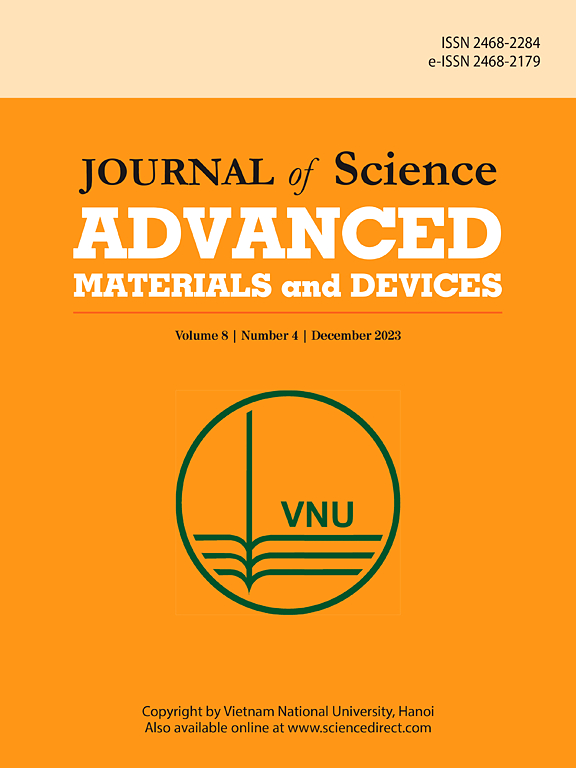Hydrotalcite-Ag nanoparticles (HT-Ag NPs) have garnered significant attention in research due to their remarkable antibacterial activity and excellent photocatalytic properties. Consequently, they have been utilized in various fields, such as pharmaceuticals, medicine, electronics, and environmental treatment. However, the synthesis of HT-Ag nanoparticles often involves the use of NaBH4, a chemical reducing agent, to reduce Ag (I) ions and form Ag NPs on HT. Nevertheless, the residue of chemical reducing agents can lead to environmental pollution as above mentioned. The approach of utilizing plant extracts for the synthesis of Ag NPs decorated on HT has captivated many scientists due to its eco-friendly and environmentally sustainable process. Additionally, the plant extract plays a crucial role in stabilizing Ag NPs within HT-Ag structures. This paper presents a green synthesis of hydrotalcite-silver (HT-Ag) nanosheets using an AgNO3 salt solution as a precursor and areca (Areca catechu L.) nut extract as a reducing agent. The HT nanosheets, synthesized by a co-precipitation method combined with a hydrothermal method, exhibited an ordered lamellar layer structure. The areca seed extract in 99.5 % ethanol solvent acts as a reducing agent to convert Ag(I) ions into silver nanoparticles (Ag NPs). The presence of Ag NPs on the surface of HT nanosheets was confirmed using UV–Vis spectroscopy, XRD, AAS, HR-TEM, and SEM methods. The results indicated that Ag NPs are spherical in shape and uniformly dispersed on the surface of HT. The particle size of Ag NPs ranged from 15 nm to 40 nm. The yield of the Ag NPs synthesis process on HT ranged from 60.79 % to 85.89 %, depending on the concentration of AgNO3 salt solution. The antibacterial properties, including their effectiveness against E. coli and S. aureus, were tested using the agar well diffusion method to determine the zone of inhibition. The minimum inhibitory concentration (MIC) value of HT-Ag nanosheets has also been evaluated. Specifically, the study focused on evaluating the antibacterial activity of HT-Ag nanosheets using a marine Gram-negative bacterium, P. stutzeri B27, to explore their potential applications in materials designed for use in marine environments. Furthermore, the durability of HT-Ag nanosheets was assessed. The obtained results demonstrated that the Ag NPs decorated on HT exhibited excellent antibacterial activity against E. coli, S. aureus, and P. stutzeri B27, making them suitable for applications as antibacterial and enhancing additives for polymer systems, particularly in materials used in marine environments.
| 公司名称 | 产品信息 | 采购帮参考价格 | |
|---|---|---|---|
| 阿拉丁 | KOH |
99.5%
|
¥20.00~¥75861.57 |
| 阿拉丁 | Silver nitrate |
>99.7%
|
¥50.00~¥37232.39 |
| 阿拉丁 | Mg(NO?)?·6H?O |
99%
|
|
| 阿拉丁 | Al(NO?)?·9H?O |
99%
|
|
| 阿拉丁 | K?CO? |
99%
|


